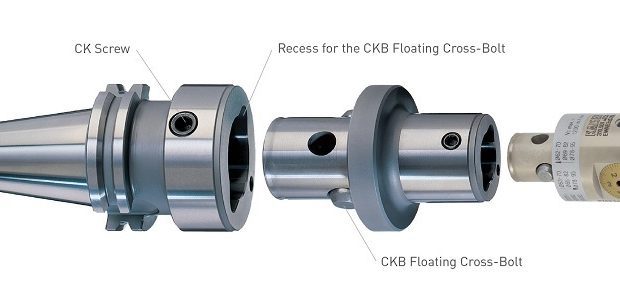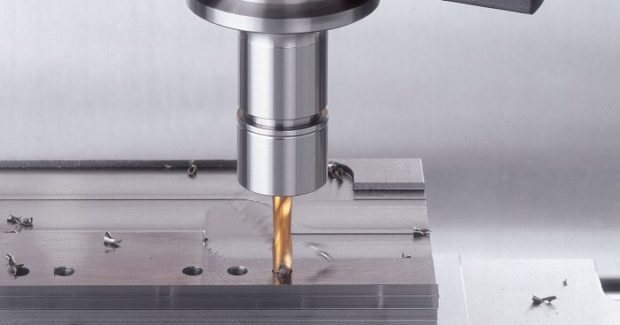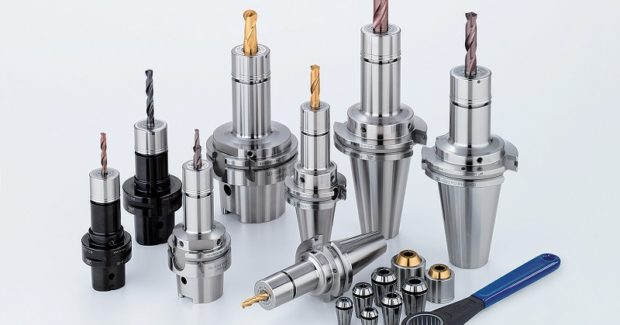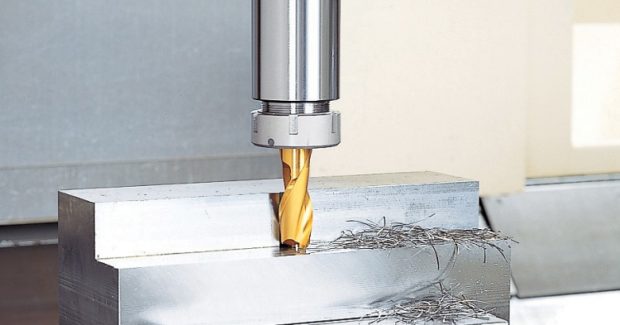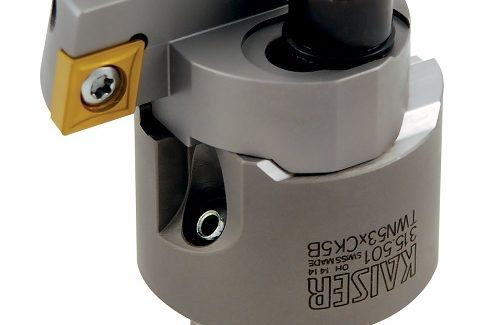Modernizing the Standard for Balancing Tools and Tool Systems
Did you realize that the G2.5 balance specification in ISO 1940-1 is no longer practical, technically possible or economically feasible in today’s advanced manufacturing environment? Here’s the good news: A new standard is now being developed that applies to all of today’s relevant variables for safe and productive machining. Say hello to ISO 16084.
Posted: December 11, 2017
There’s a small technical committee that reports to ISO on the topic of tool holder balance. (Don’t worry, we’re not diving into the mind-bending physic of balancing spinning cylinders, here. I bring good news.) This group is made up of tooling company leaders from Germany, Japan and myself, the lone North American representative. For decades now, ISO 1940-1 has been the standard that tooling manufacturers, machine builders and metalworking operations have used . . . or should I say, chased? I use that term because we here in my company literally find ourselves attempting to adjust a milligram here or there in a holder to meet this dated standard.
And in case you were wondering: yes, the “1940” in the standard’s name is indeed the year it was approved. Back then, the most advanced machines would have spun larger, heavier tools at a max speed of about 4,000 rpm. If you tried to apply the math from those days to today, you’d get impossible, literally unachievable, values. In this day and age, the fairly arbitrary G2.5 balance specification is no longer practical, technically possible or economically feasible. Here are a few of the reasons why our committee has been compelled to work towards updating this standard:
- The limitations on measuring accuracy and resolution of a balance machine, as it relates to very small tools intended for high speeds, will not meet the requirements of ISO 1940-1. The tolerances defined by G2.5 for tools with a mass of less than one pound rated for 40,000 rpm calculates to only 0.2 gm mm of permissible unbalance and eccentricity of only 0.6 microns. This is not within the repeatable range for any balance machine on the market.
- The repeatability and clamping accuracy of all tool shank systems common to the market (HSK, 7:24) is not capable of maintaining the balance quality as it relates to eccentricity. One would think that a repeatability of two microns should be accurate enough, when in fact it is not. Index balancing of the tool as a standard practice will only remove the clamping errors of the balancing machine and does not adjust for the radial displacement of the tool into the spindle of the machine tool.
- Tool, spindle, and clamping systems all have assembled tolerances which cannot all be factored into the final assembly and resultant imbalance by targeting the tool holder alone.
- Dynamic cutting forces imparted on spindle bearings, such as the interrupted cutting of a milling cutter, can be more than the asymmetrical centrifugal forces resulting from unbalance. This being the case in many milling operations, why should we balance a tool holder below the threshold that the actual cutting is having on the spindle and bearings?
- Modular tool assemblies and tools with application-specific requirements, such as back boring or guided tools, cannot be balanced to the same criteria of G2.5.
- ISO 1940-1 does not give clear advice for static, dynamic or resulting couple unbalances for tool assemblies. In many cases where a tool holder is corrected for static unbalance in the wrong plane, the resulting couple imbalance can be of more consequence than the static imbalance.
The draft of the new standard, ISO 16084, provides guidance to simple and complex tool holder balancing in both technical and economic considerations. It provides definitions, terms, formulas and explicit details for how to calculate the permissible unbalance of a wide range of tools, including modular systems. Here are some of the ways that this updated standard is different:
- There is accounting for the dynamic load ratings of spindle bearings of common sizes of tool connections.
- It factors in radial runout of most tool connections, including HSK, steep taper or polygon.
- An option is provided for standard balancing or fine balancing, depending on the machining conditions, such as roughing or finishing.
- Imbalance measured by tool manufacturers and users does not give repeatable values due to different balancing conditions such as age and condition of equipment. Therefore, tolerances are adjusted for this deviation by up to 15 percent for users to verify incoming balance quality.
- Determination of static or dynamic unbalance requirements is based on gauge length of the tool holder.
- There is a basis for balancing components of modular tools with multiple parts.
This new standard also provides examples of various tool configurations so that anyone who studies the new standard can have some practical solutions to follow for guidance. This standard is more difficult to understand because of the many complex variables included in the calculations. However, balancing tools to this standard will be more practical, both technically and economically. One example is a simple tool with a single flute that is short enough for static balancing. The tool is designed to operate at a maximum cutting speed of 4,000 rpm. The imbalance of this tool, according to the new standard, calculates to 970 gm mm, a value that is easy to meet. However, if we balance this same tool according to G2.5 (ISO1940-1), the maximum imbalance is only 3.6 gm mm. This tolerance will not be so easy to meet, nor will it provide significant improvements to the cutting process, making it far more expensive than is necessary.
Rather than looking at ISO 16084 as a loosening of standards, by applying it to all of today’s relevant variables we consider it more practical for safe and productive machining. ISO 16084 provides a lot of technical information about how to balance tools and reliable values that end users can use in today’s advanced manufacturing environment.





